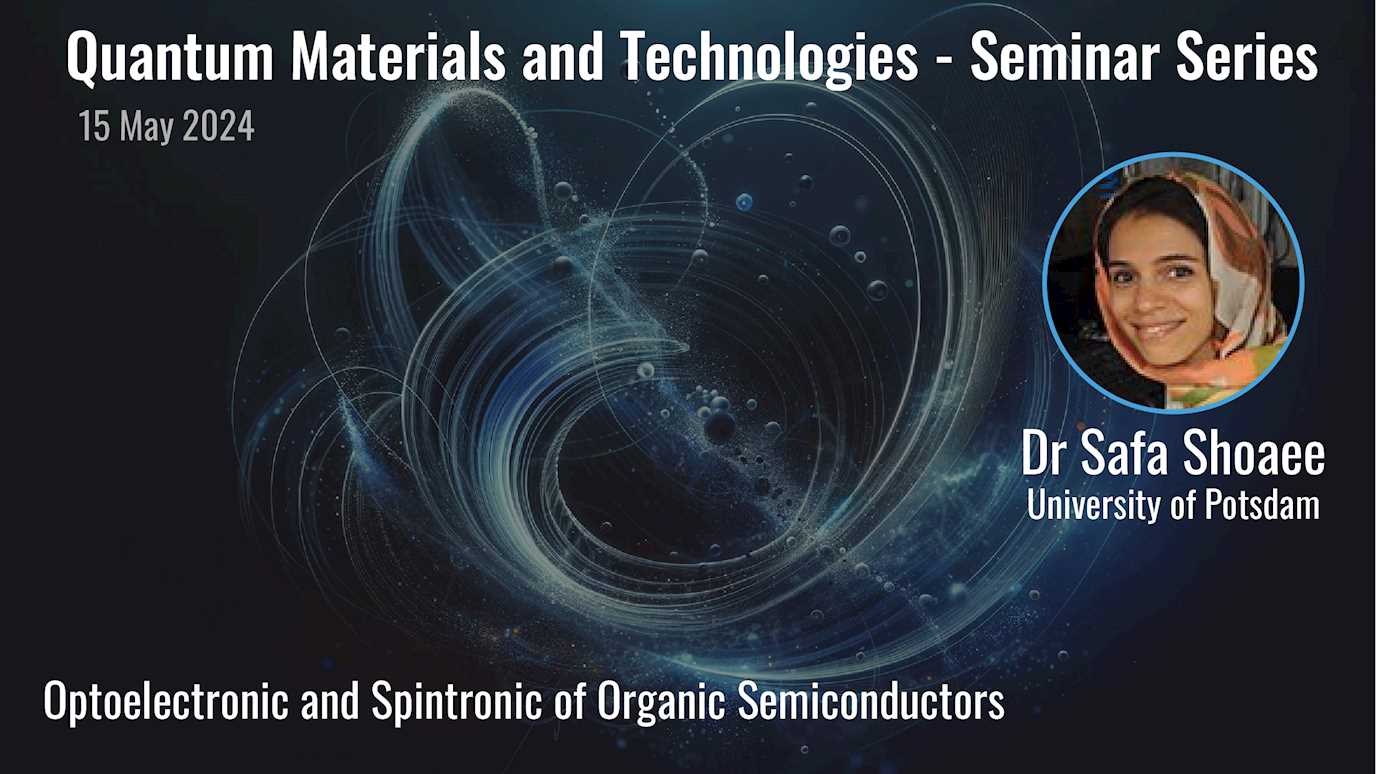Dr Safa Shoaee (University of Potsdam, Germany)
In the realm of organic electronics, the fill factor (FF) of organic solar cell (OSC) lagging behind the prediction from the Shockley-Queisser theory; perhaps with only a handful of systems achieving FF close to 80%. In this context we investigate what limits the FF of OSCs. The fill-factor of transport- limited solar cells is affected by material and device-specific parameters, closely related to the long- range carrier drift and diffusion lengths. Using a simple approach, we show drift length in most systems exceeds that of the junction thickness; thereby not limiting the photocurrent at Jsc. On the other hand, the diffusion length of most organic semiconductors is smaller than the width of the active layer, thereby limiting the FF. When diffusion length approaches active layer thickness – due to high mobility or reduced recombination - the transition to a Shockley-type solar cell occurs and FF around 80% can be obtained. We find that the non-radiative recombination of the CT states and energetic offset of the active layer can influence the FF and the recombination of free carriers. Initially, it seems like increased recombination occurs through exciton state reformation. However, our analysis suggests the involvement of a dark state channel, the triplet state, as there's no clear correlation between exciton reformation efficiency and energy offset. Triplet states can limit both the FF and the Voc, through fast recombination and the energy gap law considerations. Using electro-modulated and steady state photoinduced absorption spectroscopy we identify the presence of long-lived triplet excitons in PM6:o-IDTBR. We explore circumstances where the triplet lifetime surpasses that of the CT decay, leading to the feasible dissociation of triplet excitons to the CT state, which can be tuned for spintronic application at room temperature.





















